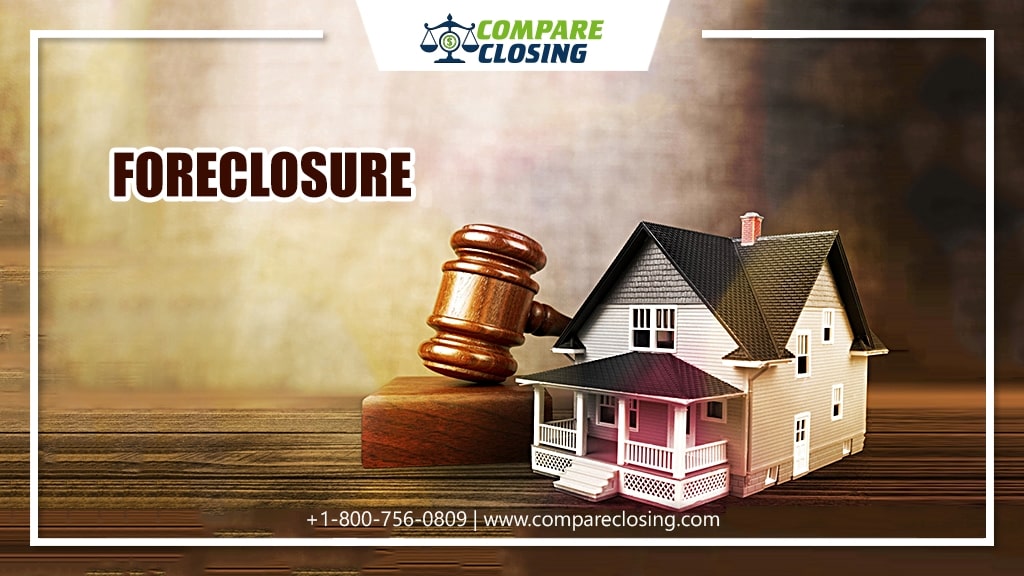Table of Contents
- What Are Netting Escrows & How Does It Work?: The Best Guide - January 2, 2024
- The Secret About Prescriptive Easement: Top Guide 1 Must Know - December 4, 2023
- About Home Equity Loans In Texas And How Can One Obtain It - November 27, 2023
About Mortgage Foreclosure
When you get a mortgage for buying a new home, you need to ensure you make the payments on time according to the schedule.
If you default on the monthly mortgage payments the lender in the legal rights will go through a foreclosure action. In this post, we will understand what is foreclosure and the process that goes with it.
What Is A foreclosure?
A foreclosure happens when a borrower is unable to make the mortgage payments. A foreclosure is a voluntary decision that usually occurs when a homeowner has a loss of income, excessive debt, unexpected expenses, medical emergencies, or possibly a divorce. So what does foreclosure mean?
Foreclosure is the process of forfeiting your mortgaged property after failing to pay the remaining balance.
Before entering into foreclosure, the borrower gets a grace period depending on the state guidelines providing an opportunity for the homeowner to discuss with a foreclosure attorney about possible alternatives to foreclosure like mediation or repayment plans with the lender.
What Are The Types Of Foreclosure?
There are two types of foreclosures. The first one is a judicial foreclosure. In a judicial foreclosure, the court grants the foreclosure based on a hearing. The lender will approach the court to get a judgment to foreclose on the property.
The second one is called non-judicial foreclosure in which the lender does not have to go to the court.
A notice of default is filed by the deed of trust beneficiary with the county courthouse using the “power of sale covenant” clause in the mortgage.
Every state allows the lender to apply for judicial foreclosure, however, not every state allows the procedure for a nonjudicial foreclosure.
To know the type of foreclosure in your state you can Google the information. Some states can follow both types of foreclosures.
The time to prevent foreclosure depends on the type, hence it is important to know what type of foreclosure is filed by the lender.
What Is The Foreclosure Process?
In most states for a lender to file a foreclosure, the homeowner must fall ninety days behind on his mortgage payments.
If you have missed less than three payments, you are not entering into a foreclosure process.
This phase is very important as you have to go through it before the foreclosure process can start and this is the phase where the homeowners have the most options at their disposal.
If you are in the missed payment phase, this is the best time to rearrange your finances, call your lender to work out alternate options, and put your home on the market for sale.
The second step in the process is called pre-foreclosure. Once the homeowner misses the payments for over ninety days, the lender records a public notice that the homeowner has defaulted on the mortgage payments and the notice is mailed to the homeowner.
In some states, this notice is called a notice of default in other states it is called lease pendants.
Depending on the guidelines in your state, the lender might be required to post the notice on your front door.
This phase is a grace period where the homeowner gets up to three months to clear the default. During this period, the homeowner can sell the home, come up with the cash for the defaulted amount or make some arrangement with the lender.
In the third step of the process, the property will be auctioned if the default is not cleared within three months after the notice of default was issued.
The lender or their representatives are known as foreclosure trustees sets a date for the property to be sold through an auction called a trustee sale. The notice of trustee sales is recorded in the county recorder’s office, delivered to the homeowner, posted on the door of the property, and published in the local newspaper to ensure the date, time, and place of the auction is known to everyone.
This auction is either held in a county courthouse or the trustee’s office. In many states, the homeowners have the right to redemption by paying the outstanding amount and stopping the foreclosure process up to the moment the property is sold at the auction.
At the auction the home is sold to the highest bidder, however, in most states, these auctions require cash payments.
Hence, it is difficult for buyers coming for auction to bring such a huge amount of cash, and many times the property remains unsold.
This leads the lenders to make an agreement with the homeowners to take the property back in what’s called a deed in lieu of foreclosure.
The fourth stage is where the property remains unsold at the auction, the lender takes ownership of it. The property is considered bank-owned property or Real Estate Owned By Lender (REO).
REOs are mostly listed with a local realtor for sale on the open market. Some lenders may sell the REOs at REO liquidation auction and recover their money.
Conclusion
Foreclosure is a legal proceeding where the lender sells or repossesses a property when the homeowner has stopped making payments on the mortgage.
As a homeowner understanding the individual steps of the foreclosure process is critical to understanding your rights and responsibilities along the way.
As it is a difficult situation for the homeowner, it is a costly procedure for the lender as well.
Hence coming to an alternate agreement for paying off the default amount would be the right thing to do for both homeowners and the lender.
Amanda Byford
Amanda Byford has bought and sold many houses in the past fifteen years and is actively managing an income property portfolio consisting of multi-family properties. During the buying and selling of these properties, she has gone through several different mortgage loan transactions. This experience and knowledge have helped her develop an avenue to guide consumers to their best available option by comparing lenders through the Compare Closing business.





